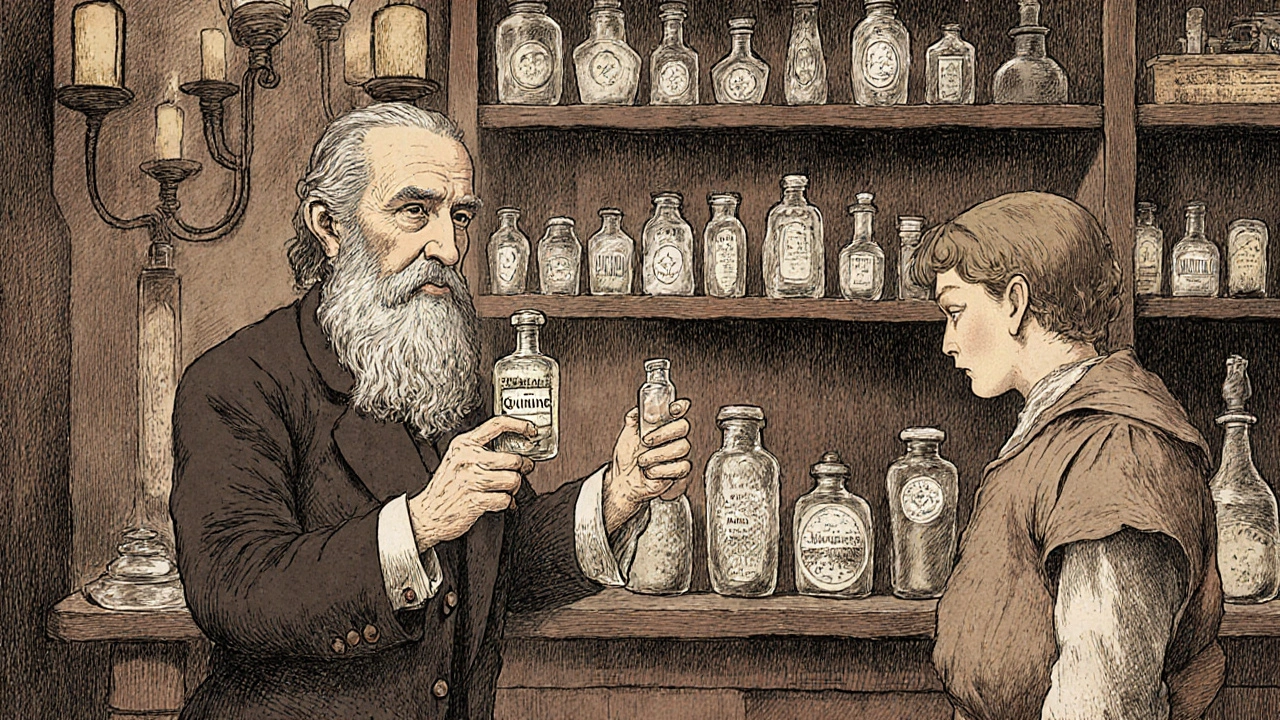FDA Generic Approval: What It Really Means for Your Medications
When you see FDA generic approval, the official process by which the U.S. Food and Drug Administration confirms a generic drug is safe, effective, and interchangeable with its brand-name counterpart. Also known as ANDA approval, it’s the gatekeeper that lets low-cost versions of pills like lisinopril, metformin, or sertraline hit pharmacy shelves. This isn’t just paperwork—it’s what keeps millions of people able to afford their daily meds.
The FDA Office of Generic Drugs, the branch inside the FDA that reviews and approves all generic drug applications doesn’t just check ingredients. They demand proof that the generic delivers the same amount of active drug into your bloodstream at the same speed as the brand. That’s called bioequivalence, the scientific standard proving a generic performs the same way in your body. If it doesn’t pass, it doesn’t get approved—not even if it’s 90% cheaper. This is why a generic pill might look different but still work the same.
But here’s the thing: approval doesn’t mean perfection. The FDA doesn’t test every batch. They rely on manufacturers to follow strict rules. That’s why patent fights, delays, and even pay-for-delay deals (where brand companies pay generics to stay off the market) still happen. These aren’t about science—they’re about money. And they directly impact how fast you get access to affordable drugs. The ANDA review, the formal application process for generic drugs under the Hatch-Waxman Act, is meant to speed things up, but legal loopholes slow it down.
Some people swear their generic doesn’t work as well. It’s not always the drug. Sometimes it’s the placebo effect—or the nocebo effect. If you’ve been told generics are inferior, your brain might make you feel worse, even when the chemistry is identical. That’s why studies show people on generics often do just as well as those on brand names, even when they don’t know which one they’re taking.
What you’ll find below are real, practical guides on how FDA generic approval shapes your health—from patent battles that delay cheap meds, to how the FDA’s own team makes sure your pills aren’t just cheap, but truly safe. You’ll see how perception tricks you, how lawsuits block access, and why some generics still cause confusion even when they’re scientifically sound. This isn’t theory. These are stories from people who’ve lived it.
Generic drugs now make up over 90% of U.S. prescriptions but cost just 23% of total drug spending. Learn how the Hatch-Waxman Act, FDA reforms, and market forces turned generics into the backbone of affordable healthcare.

